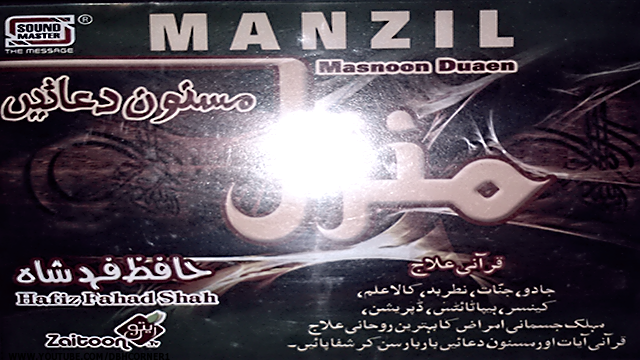Benefits of Reciting Dua E QANOOT
Dua e Qanoot is more than just a ritual; it is a deeply meaningful supplication that connects the believer to Allah’s mercy and guidance. By understanding the benefits of Dua e Qunoot its significance,, and proper recitation methods, Muslims can enhance their spiritual practice and foster a closer relationship with their Creator. Whether recited in solitude or in a congregation, Dua e Qanoot serves as a powerful reminder of the importance of prayer, humility, and reliance on Allah in all aspects of life.

Dua e Qunoot (English)
“O Allah! We beg help from You alone; ask forgiveness from You alone, and turn towards You and praise You for all the good things and are grateful to You and are not ungrateful to You and we part and break off with all those who are disobedient to you. O Allah! You alone do we worship and pray exclusively to You and bow before You alone and we hasten eagerly towards You and we fear Your severe punishment and hope for Your Mercy as your severe punishment is surely to be meted out to the unbelievers.”
Dua e Qunoot (Mp3 Audio)
INTRODUCTION:
Dua e Qanoot is a profound supplication in Islamic tradition, often recited during prayer, especially in the Witr prayer. It is a plea for guidance, mercy, and protection from Allah (SWT). This dua holds significant importance for Muslims and is believed to bring about immense spiritual benefits.
Description:
Dua e Qanoot is derived from the Arabic word “Qanoot,” which refers to a state of humility and submissiveness before Allah. The dua itself is a heartfelt invocation that expresses the believer’s dependence on Allah’s mercy and support in times of hardship. Its origins can be traced back to various Hadiths where the Prophet Muhammad (PBUH) recited this dua during challenging times, particularly during the Battle of Badr.
The content of Dua e Qanoot includes requests for guidance, forgiveness, and protection from misguidance. It is often characterized by its eloquence and depth of meaning, making it a powerful addition to daily prayers.
Benefits of Reciting Dua e Qanoot
Spiritual Connection: Reciting Dua e Qanoot fosters a deep connection with Allah, enhancing one’s faith and spirituality. It encourages sincerity and humility in supplication.
Protection: This dua is believed to invoke Allah’s protection against trials and tribulations. Reciting it regularly can provide a sense of security and peace of mind.
Forgiveness: It serves as a reminder of the importance of seeking forgiveness. The dua emphasizes Allah’s mercy, encouraging believers to repent for their sins.
Guidance: The supplication seeks guidance from Allah, helping individuals navigate the complexities of life with wisdom and clarity.
Community Bonding: Reciting Dua e Qanoot in congregation during Witr prayer strengthens community bonds and creates a sense of unity among worshippers.
Methods of Reciting Dua e Qanoot
1. Timing
Dua e Qanoot is traditionally recited during the Witr prayer, which is performed after the obligatory Isha prayer. It is specifically recited after the second Raka’ah of Witr before the final Raka’ah.
2. Posture
- Standing Position: After completing the second Raka’ah, the worshipper stands upright to recite the dua.
- Hands Raised: It is recommended to raise the hands while reciting, symbolizing the act of supplication and reaching out to Allah.
3. Recitation
- Intention: Begin by setting a sincere intention (niyyah) to connect with Allah through this dua.
- Language: While Dua e Qanoot can be recited in Arabic, those who are not fluent may recite it in their native language, asking for the same intentions and meanings.
- Calm and Focused: Recite the dua calmly and with concentration, allowing the meanings to resonate in the heart.
4. Variations
There are different versions of Dua e Qanoot, some containing additional phrases or petitions. It is encouraged to choose a version that one feels comfortable with, while ensuring it aligns with Islamic teachings.






Hey! Do you know if they make any plugins to assist
with SEO? I’m trying to get my site to rank for some targeted
keywords but I’m not seeing very good results. If you know of any
please share. Cheers! I saw similar art here:
Bij nl